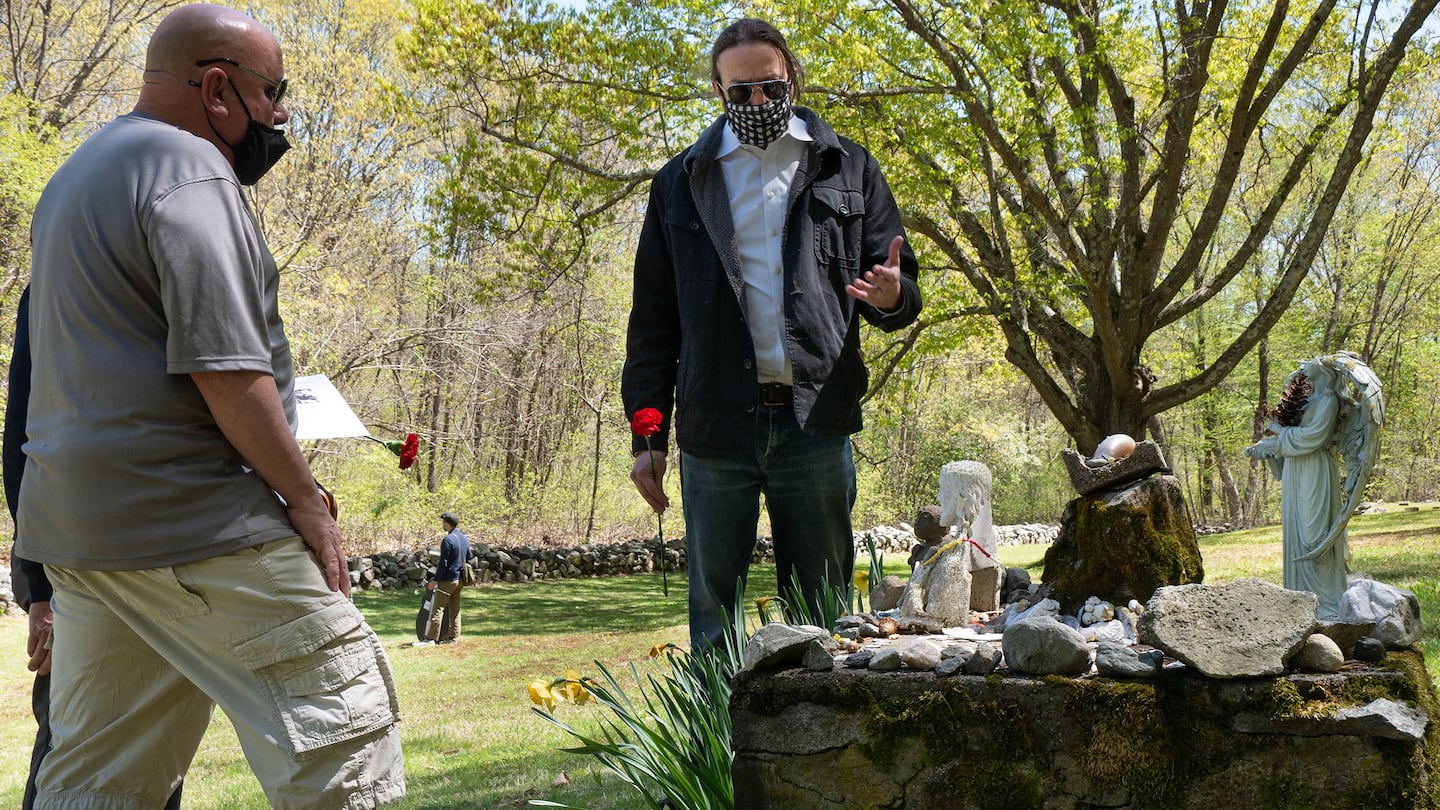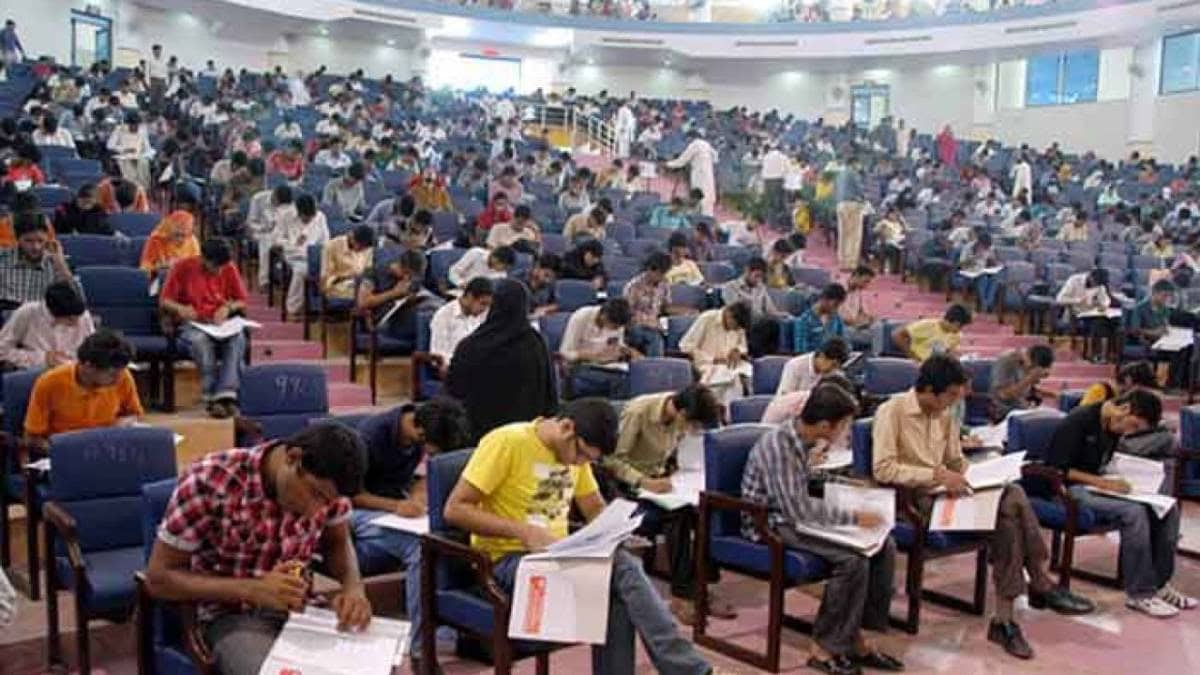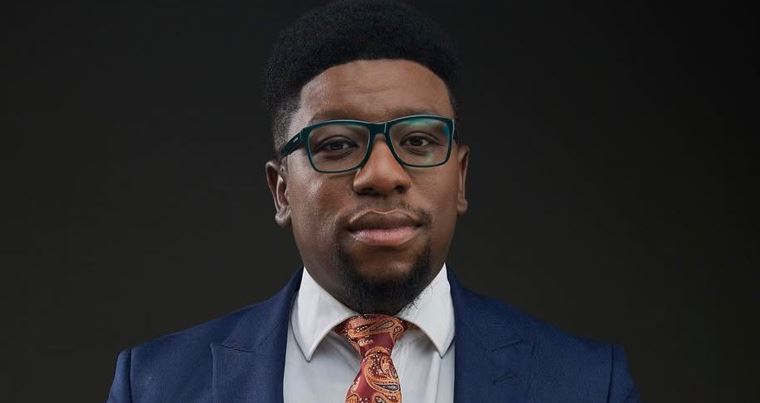
Over the past decades, researchers, former patients, and descendants of former patients have been seeking to track and memorialize those buried in unmarked or unnamed graves. While some records may be lost forever, there are cases when burial records exist but obtaining them is difficult.
State law protects as private “records of the admission, treatment, and periodic review” of anyone admitted to a state institution. The secretary of state interprets that as including burial records.
The special commission recommended that the state reclassify institutional cemetery records as vital records, similar to death certificates, rather than medical records. That would make the records available to the public upon request, with redactions to protect medical information. The commission suggests the change could be accomplished through a clarification by the attorney general. It could also be changed legislatively. A spokesperson for the attorney general’s office declined to take a position on the issue, saying only that Attorney General Andrea Campbell is reviewing the commission’s recommendations.
Reclassification makes sense. Death certificates usually contain more personal medical information than cemetery ledgers, so making the former public and not the latter defies logic.
More importantly, family members seeking information deserve answers. There is also a public interest in knowing whether institutional sites contain unmarked graves.
Allowing greater access to this information could be a first step toward developing appropriate ways to mark and memorialize the dead.
There are some efforts ongoing to identify those buried in unmarked graves. The Eunice Kennedy Shriver Center at UMass Chan Medical School received permission from the Department of Mental Health to view records confidentially that will help match the numbers on graves near Foxborough State Hospital to the names of former patients.
Alex Green, vice chair of the Special Commission on State Institutions and adjunct lecturer in public policy at Harvard Kennedy School, is an advocate for opening these records. Between 2018 and 2020, Green led a project with Gann Academy high school students in which they researched 296 people buried in unnamed graves at MetFern Cemetery between 1947 and 1979. Their findings are published online.
Green said records existed of who was buried there, but he couldn’t easily get them from the state. He worked with the Eunice Kennedy Shriver Center, which could obtain some state records, found records saved by a private individual, and spent hours with students scouring Waltham death certificates.
Green said not all state institutions have lists of burials. But if they do, releasing the information makes a statement about the value of people with disabilities. “Everyone has a right to know where their loved one is buried,” Green said. “It’s an astonishing denial of one of the fundamental human acts to turn someone away from the ritual and rite of being able to visit a loved one’s final resting place.”
That knowledge matters to David Scott. Scott went through a lengthy process to obtain medical records for his brother, John Scott, who had spina bifida and spent virtually his entire life, from 1955 to 1973, at the Walter E. Fernald State School in Waltham. David Scott learned from Green that his brother was buried at MetFern cemetery in a remote forested area. “We got together, had a service for him. … I got to see it for the first time,” Scott said. Scott called it surreal and heartwarming to stand where his brother was buried.
Patricia Deegan, a pioneer in cemetery restoration from Newbury, has schizophrenia and has a doctorate in clinical psychology. Around 1997, Deegan was walking near the Danvers State Hospital when she discovered two overgrown cemeteries, which, she later learned, contained 768 graves identified only with numbered markers. She organized a committee of locals and former patients to identify the people buried in those graves and mark the graves with names, and to lobby the state to clean up the cemeteries. The group identified those buried by digging through Danvers’s vital records books to find death certificates. In 2002, the committee rededicated the cemetery with new grave markers. Those buried there deserve to be recognized as “a name, not a number,” Deegan said.
A state law shielding state burial records, Deegan said, “borders on ridiculous.” “To slap a number on a hole in the ground with a piece of concrete and say they are there … it’s as if [people with disabilities] don’t have families, we don’t have connection, as if we’re not individuals. It reflects poorly on our culture, our values, the things we stand for,” Deegan said.
As a state, we can do better.



